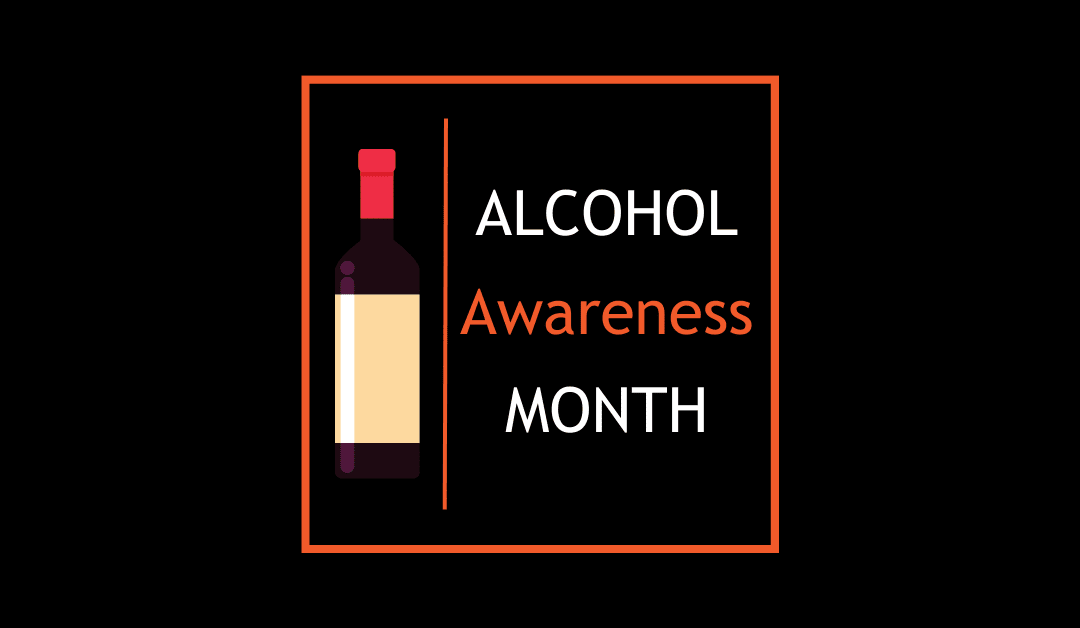
Alcohol and Cancer
The advice on alcohol use can be confusing. One day there’s a research study touting some health benefits of moderate alcohol consumption (particularly red wine), and the next day another study reports that all alcohol is bad for you. One fact that is not disputed is that the less you drink, the lower your risk for developing cancer.
April is Alcohol Awareness Month and a good opportunity to take a look at our drinking patterns through the lens of cancer risk to decide if making different choices might be in order.
Most people don’t have a problem with alcohol, but thinking about when, where, why, and much you drink can give insights about the role alcohol plays in your life and your health.
Here are some resources from authoritative organizations to help answer questions you might have about alcohol and its role in cancer risk.
- Rethinking Drinking is a resource that can help you assess your drinking habits and provide valuable, research-based information to help you cut back or stop drinking if needed. It is available online as an interactive tool and as a brochure.
- American Institute for Cancer Research–Alcohol and Cancer Prevention
- Center for Disease Control–Alcohol and Cancer
- Are you worried about a loved one’s drinking? Use these tips to talk with someone about cutting back or quitting drinking.

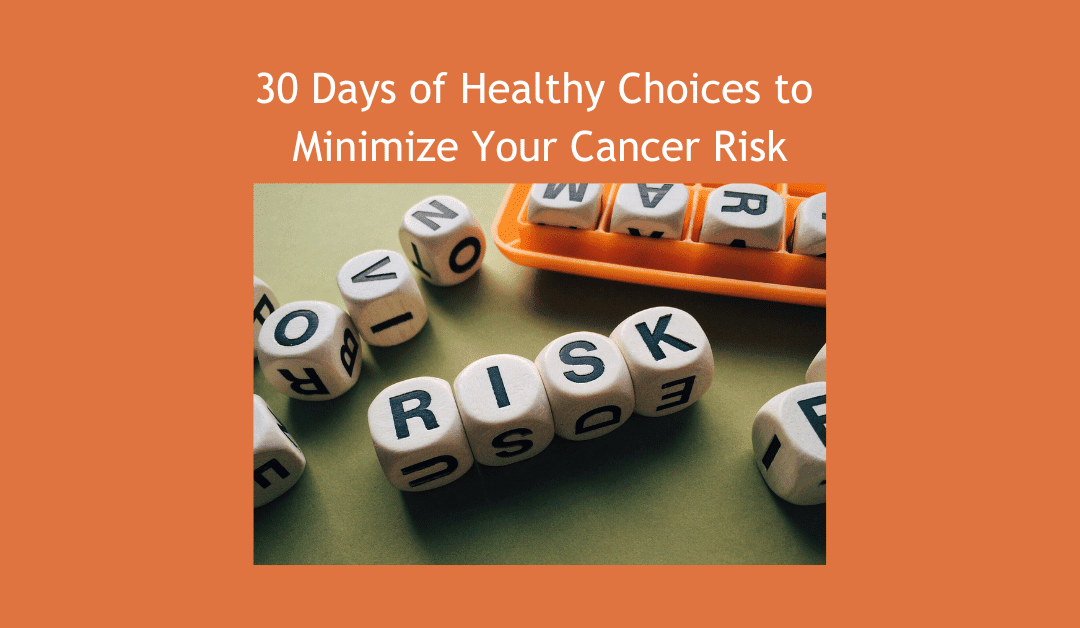
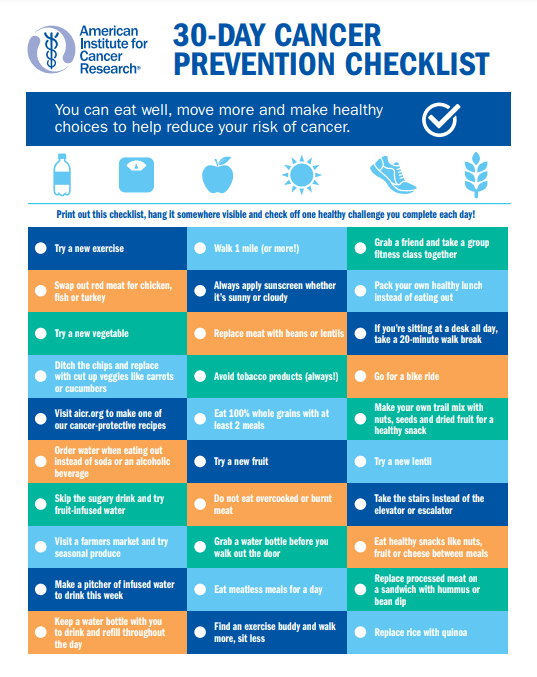
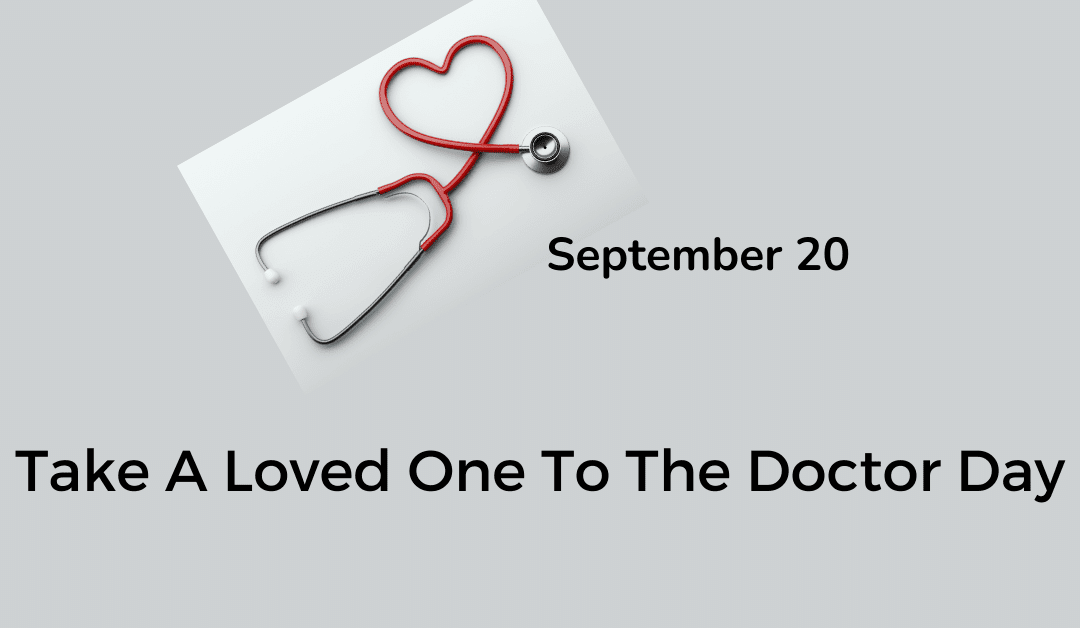

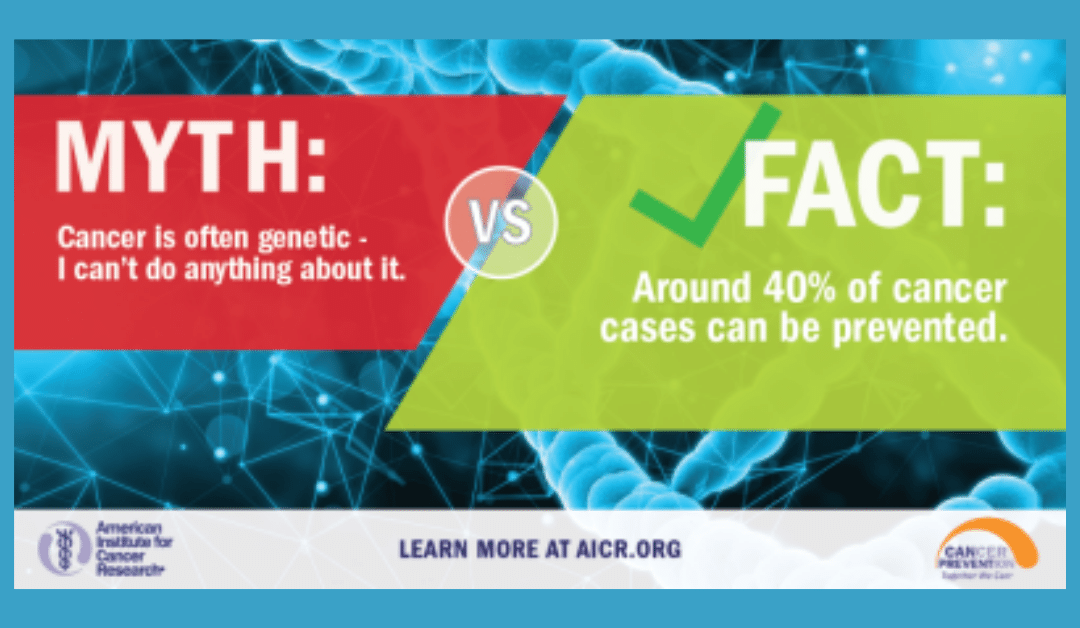
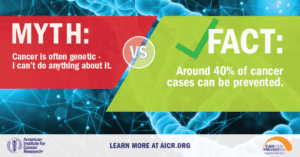


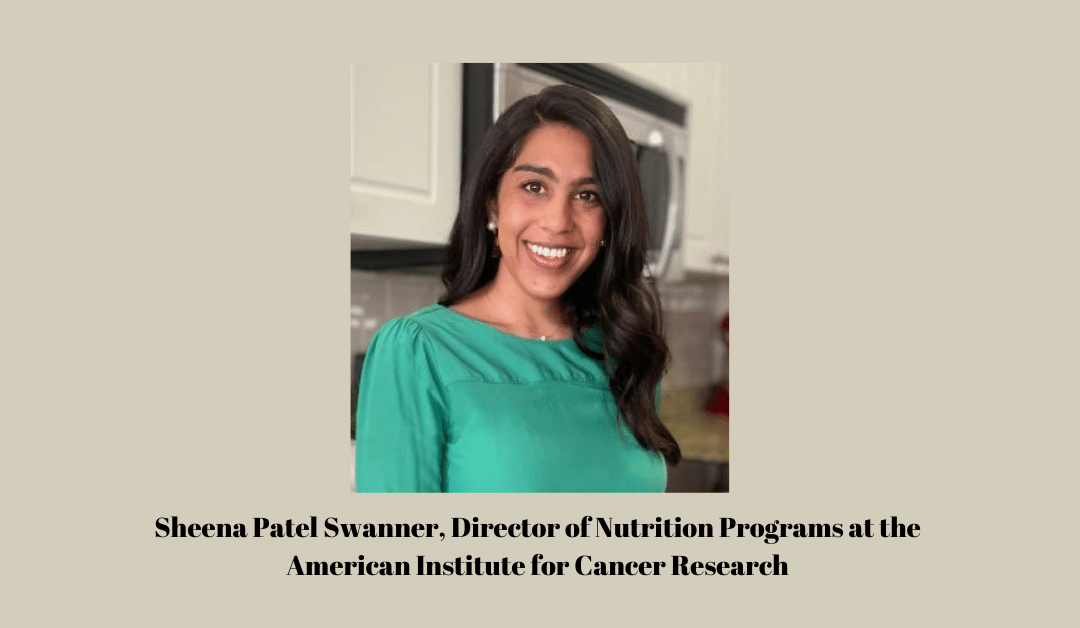
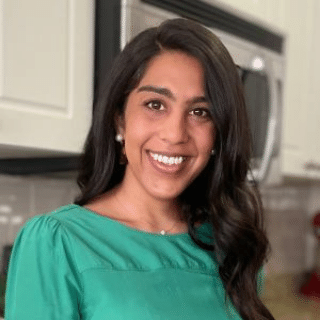
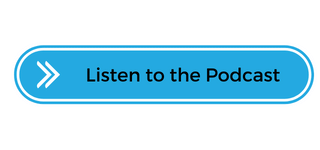
Recent Comments